Hubbell Electric Heater Company EMV User manual
- Category
- Water heaters & boilers
- Type
- User manual
Hubbell Electric Heater Company EMV:
The Hubbell Electric Heater Company EMV is a packaged electric water heater system designed to meet the requirements of ANSI Z358.1-1998 for tepid water delivery to an emergency drench system. The complete assembly consists of a storage tank, immersion electric heating element(s), thermostat(s), safety relief valve, safety high temperature cut out, mixing valve, and any other required electrical operating control. The unit is factory assembled, insulated, jacketed, wired, tested, and ready for electrical and plumbing service connections.
Hubbell Electric Heater Company EMV:
The Hubbell Electric Heater Company EMV is a packaged electric water heater system designed to meet the requirements of ANSI Z358.1-1998 for tepid water delivery to an emergency drench system. The complete assembly consists of a storage tank, immersion electric heating element(s), thermostat(s), safety relief valve, safety high temperature cut out, mixing valve, and any other required electrical operating control. The unit is factory assembled, insulated, jacketed, wired, tested, and ready for electrical and plumbing service connections.




















-
 1
1
-
 2
2
-
 3
3
-
 4
4
-
 5
5
-
 6
6
-
 7
7
-
 8
8
-
 9
9
-
 10
10
-
 11
11
-
 12
12
-
 13
13
-
 14
14
-
 15
15
-
 16
16
-
 17
17
-
 18
18
-
 19
19
-
 20
20
-
 21
21
-
 22
22
Hubbell Electric Heater Company EMV User manual
- Category
- Water heaters & boilers
- Type
- User manual
Hubbell Electric Heater Company EMV:
The Hubbell Electric Heater Company EMV is a packaged electric water heater system designed to meet the requirements of ANSI Z358.1-1998 for tepid water delivery to an emergency drench system. The complete assembly consists of a storage tank, immersion electric heating element(s), thermostat(s), safety relief valve, safety high temperature cut out, mixing valve, and any other required electrical operating control. The unit is factory assembled, insulated, jacketed, wired, tested, and ready for electrical and plumbing service connections.
Ask a question and I''ll find the answer in the document
Finding information in a document is now easier with AI
Related papers
-
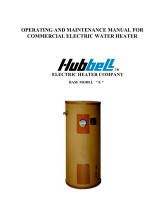 Hubbell Electric Heater Company E40 User manual
Hubbell Electric Heater Company E40 User manual
-
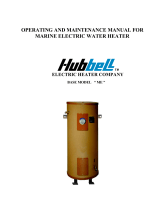 Hubbell Electric Heater Company ME User manual
Hubbell Electric Heater Company ME User manual
-
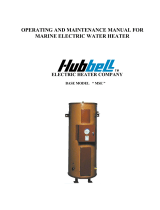 Hubbell Electric Heater Company MSE User manual
Hubbell Electric Heater Company MSE User manual
-
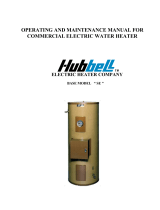 Hubbell Electric Heater Company " SE " User manual
Hubbell Electric Heater Company " SE " User manual
-
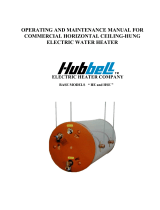 Hubbell Electric Heater Company HSE User manual
Hubbell Electric Heater Company HSE User manual
-
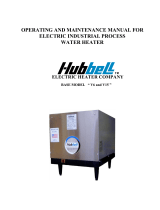 Hubbell Electric Heater Company V6 User manual
Hubbell Electric Heater Company V6 User manual
-
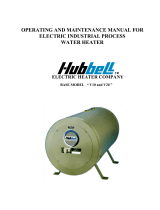 Hubbell Electric Heater Company V20 User manual
Hubbell Electric Heater Company V20 User manual
-
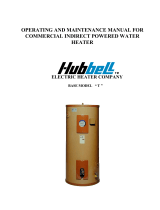 Hubbell Electric Heater Company T User manual
Hubbell Electric Heater Company T User manual
-
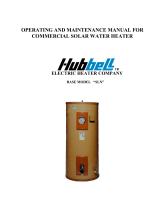 Hubbell Electric Heater Company Water Heater SLN User manual
Hubbell Electric Heater Company Water Heater SLN User manual
-
Hubbell A1558 User manual
Other documents
-
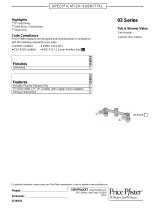 Pfister 00361XA Dimensions Guide
Pfister 00361XA Dimensions Guide
-
Hubbell MSH Operating And Maintenance Manual
-
Lochinvar Commercial gas water heaters User manual
-
Bradford White CEHD80 User guide
-
Bradford White CEHD50A5433LCF User guide
-
Bradford White LD-WH20L3-1 User manual
-
Bradford White LE112T3-1NCT Installation guide
-
Bradford White LD-20U3-1 User manual
-
Bradford White LD-40L3-3 User manual
-
Bradford White LD-65R3-3 User manual































